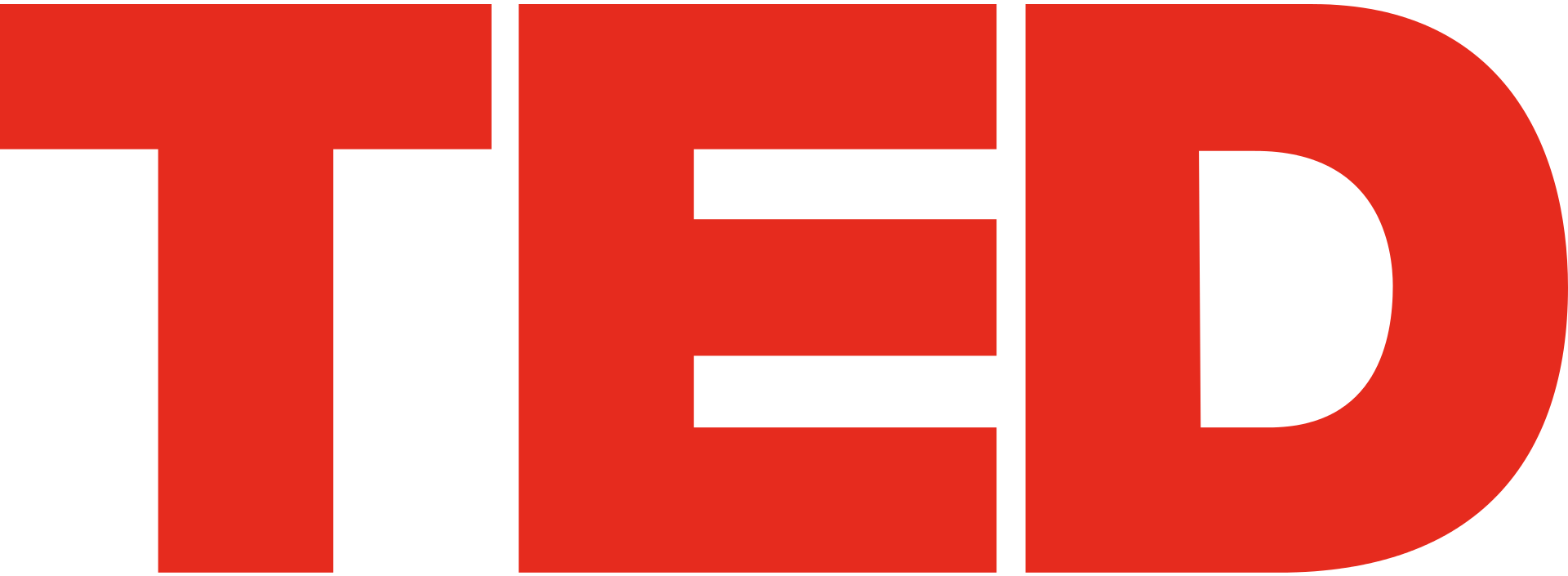Title of the work
Country of the First Edition
Country/countries of popularity
Original Language
First Edition Date
First Edition Details
What Is Zeno’s Dychotomy Paradox? Candy Kugel, Director, Colm Kelleher, Educator, Marilyn Kraemer, Producer, Rick Broas, Animator. TED-Ed Lessons Worth Sharing, Series Math in Real Life. ed.ted.com, April 15, 2013, 4:11 (accessed: August 21, 2018).
Running time
Official Website
ed.ted.com (accessed: August 21, 2018).
Available Onllne
youtube.com (accessed: August 21, 2018)
Genre
Animated films
Instructional and educational works
Internet videos
Short films
Cover

We are still trying to obtain permission for posting the original cover.
Author of the Entry:
Joanna Kłos, University of Warsaw, joanna.klos@student.uw.edu.pl
Peer-reviewer of the Entry:
Elżbieta Olechowska, University of Warsaw, elzbieta.olechowska@gmail.com
Lisa Maurice, Bar-Ilan University, lisa.maurice@biu.ac.il

Logo retrieved from Wikipedia, public domain (accessed: December 8, 2021).
TED (Company)
TED: Technology, Entertainment, Design (accessed: July 6, 2018) is a media organization focused on “ideas worth spreading”, which organizes conferences and creates online talks for free distribution. One of its initiatives is TED-Ed (ed.ted.com), an online platform hosting short interactive lessons. Each lesson consists of four sections:
– Watch – animated educational video (available also on YouTube);
– Think – a short quiz about the video’s content;
– Dig Deeper – a concise text on where to search for more information on the topic (providing mainly hyperlinks to educational websites rather than “traditional” bibliographical references);
– Discuss – a forum with two types of discussions: Guided (i.e. created by the educators), and Free (i.e. created by the viewers).
Prepared by Joanna Kłos, University of Warsaw, joanna.klos@student.uw.edu.pl

Colm P. Kelleher
Colm P. Kelleher came to the US from Cork, Ireland where he got his BSc in Maths & Physics. He received his MSc and PhD in Physics from New York University and is currently a physicist at the Center for Soft Matter Research of the same university. Apart from his academic research (focused on colloidal particles), one of his main interests is effective presentation of scientific research to broad audiences. He has created a few internet animations about physics, among them one about the physics of folding a pizza.
Source:
Official website (accessed: June 28, 2018).
Bio prepared by Joanna Kłos, University of Warsaw, joanna.klos@student.uw.edu.pl
Summary
The narrator introduces the philosopher Zeno of Elea who looks like an animated figure from a typical Greek vase – also almost all of the following scenes presenting Zeno’s thoughts are designed in this manner. We are told that Zeno invented a number of famous paradoxes – then, follows a definition of paradox. Next screen demonstrates that Zeno was an inspiration for mathematicians and thinkers of later ages, including Archimedes, Newton, Russell. After that we see Zeno who wants to walk from his house to the park: first he moves half way which takes a specific length of time, then – a half of the remaining distance, then another half and so on. According to Zeno, every distance can be divided in halves. In order to know how much time it takes to get to the park you have to add every half – but this may lead to infinity. So, if every move takes infinite amount of time – can we even speak of such thing as motion?
Subsequently, the video provides the solution to the dichotomy paradox. If one would like to produce a sum of segments of Zeno’s walk, it would take form of an equation with the infinite elements on its right side. But if a square were used, the sum of the equation would have to be not infinity, but one. It turns out that the answer to Zeno’s dichotomy paradox is not far from what intuition suggests.
The section “Discuss” contains one guided discussion: “Has the dichotomy paradox, or anything similar, ever occurred to you before?” with 14 answers so far, and one open discussion.
As at March 30, 2017 the video has been viewed 828569 times; it gained 10264 “thumbs up” and 1014 comments on YouTube.
Analysis
he video serves as a didactic tool helping young people acquire basic information about ancient way of thinking including fundamental laws of nature and logic; it also makes them reflect on the conclusions while interacting with the material’s providers through discussions and YouTube comments. This helps preserve the classical world’s position as a vivid and important topic in contemporary educational discourse.
The video is included in the series Maths in Real Life which indicates that for the producers Zeno’s dichotomy paradox remains a relevant topic.
Further Reading
C.P. Kelleher, How We See Color [animation], YouTube, January 8, 2013 (accessed: August 21, 2018).
Addenda


